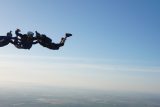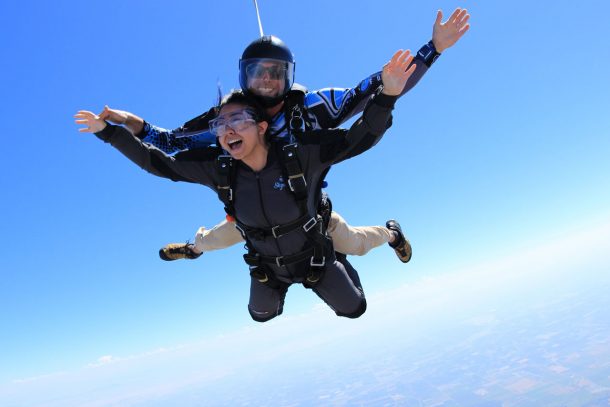At this point, you probably know just how incredibly rare it is for someone to die as the result of a skydive. (If you don’t, let’s put it this way: it’s way more likely that you’ll die in the car on the way to the grocery store than on a jump when looking at skydiving statistics.)
Actually dying, however, isn’t the only thing you’re worried about, is it? Like most people, you’re probably worried about hurting yourself and having to explain to your boss on Monday morning why you have a broken leg.
Luckily, that’s not something to fuss over, either–and we’ll tell you why. Here are some facts to keep in mind.
1. New stuff = less ouchies
Skydiving, back in the bad old days, used to be a very injurious hobby indeed. Round parachutes, which went pretty much straight downwards from the airplane, dumped their passengers tookis-over-teakettle without so much as a by-your-leave. Round parachutes weren’t steerable by modern standards, so they had a nasty tendency to land in trees and power lines–and they didn’t have the gadgets we all have now, which open our parachutes in case we’re somehow unable to.
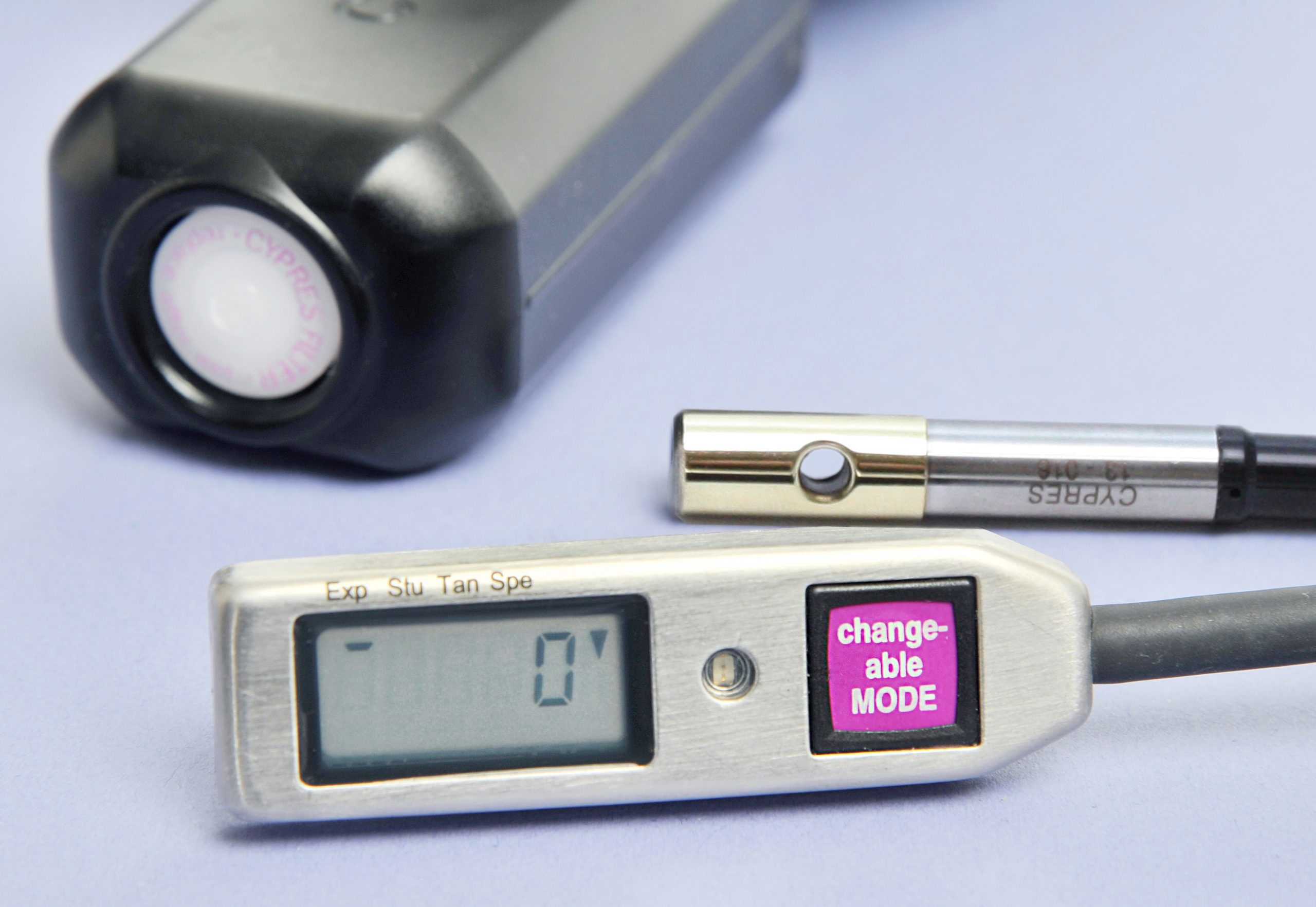
Thanks to modern technology, all that has elementally changed. Skydiving “canopies,” as we call them now, are square airfoils that glide over the ground to a soft landing–much in the same way as a well-piloted aircraft. Our reserve parachutes can open themselves. GPS positioning allows us to exit in safe air on every jump. These items add up! Back in the day, broken limbs were part of the sport; these days, skydiving injuries don’t come along very often.
2. The numbers are clear on the matter.
What’s the most horrific thing you can imagine happening up there? Probably, if you’re like the vast majority of prospective tandem skydiving students, your biggest nightmare is about the parachute not opening. Well, that only happens about once in every 500 skydives–and get this–the reserve parachute is generally out so quickly and so smoothly that the tandem student doesn’t usually even know that it happened. It may sound crazy, but injuries from such an eventuality are as rare as a swear word in a Saturday morning cartoon.
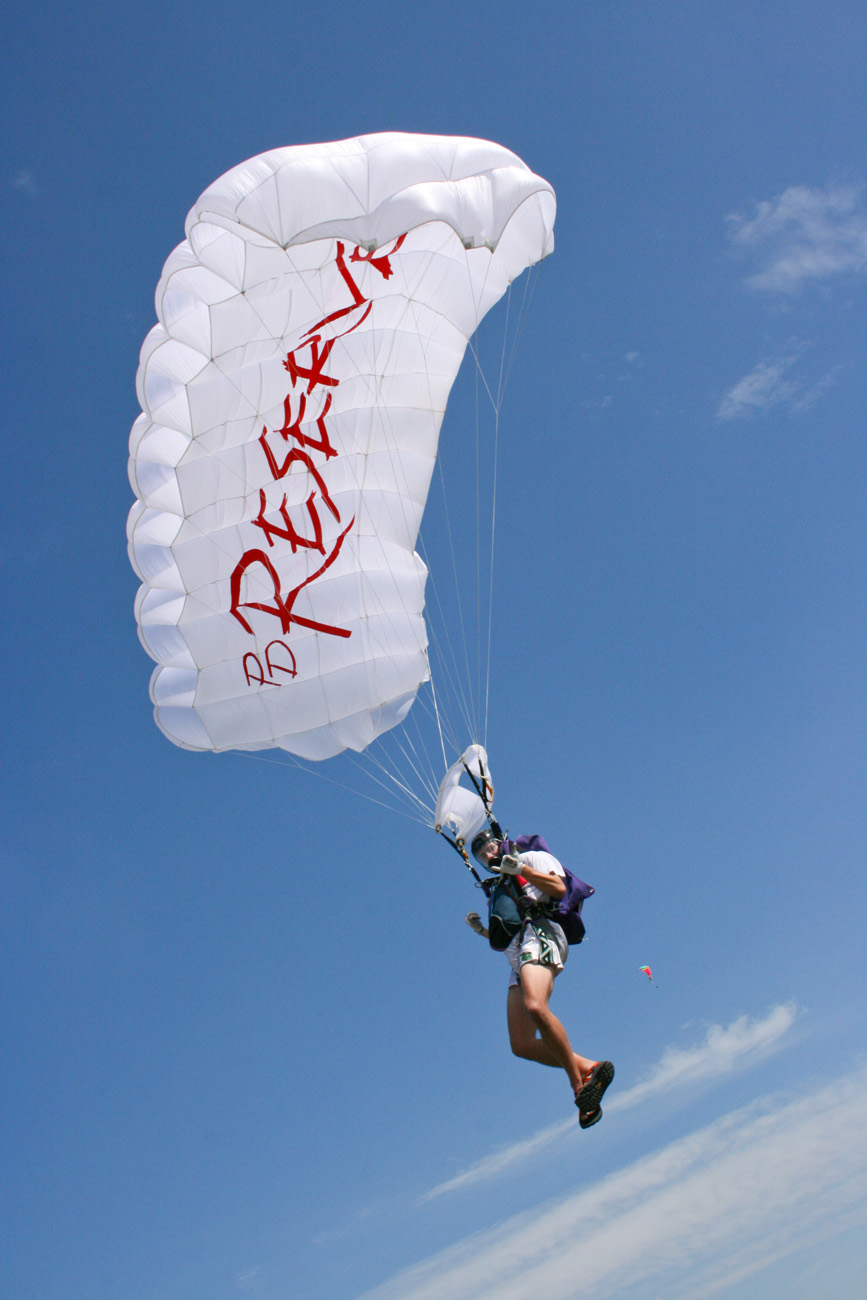
We only have the data on injuries from polls of the general–which includes every license-holding USPA member worldwide. That includes sport jumpers who rack up fifteen jumps a day; dedicated edge-pushers who are testing the limits of human flight; professional camera flyers who roll back the throttle to make sure they’re on the ground in time to capture your triumphant landing. In the entire membership, the reported injuries calculate out to about 1 injury per 1,800 skydives. Pretty amazing, huh?
3. Tandem students are the safest fliers in the sky.
Statistically, it’s the most experienced skydivers that contribute to those skydiving injury statistics, however small they are. Tandem students rarely experience anything other than the most wildly fun moments they’ve ever had!
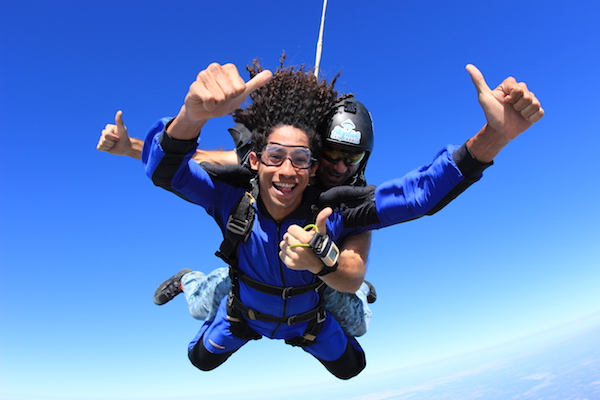
The only reports we’ve seen are dings taken to those pesky ankles–which is the number one cause of injury in tandem skydiving, so it’s unsurprising. The good news is that avoiding ankle injury is easy, if you wear solid, lace-up footwear and lift your feet, as instructed, for the landing.
If you’re curious about anything related to skydiving injuries (or skydiving safety in a more general sense), please don’t hesitate to ask. We’re here and happy to be your skydiving educational resource!


